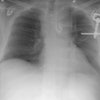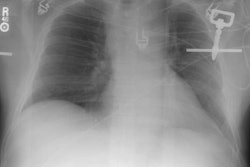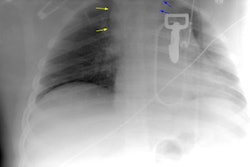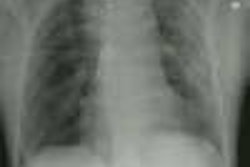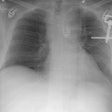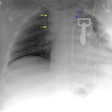J Thorac Imaging 1996;11(1):39-45. Helical CT angiography for traumatic aortic rupture: correlation with aortography and surgery in five cases.
Schnyder P, Chapuis L, Mayor B, Meuli R, Wicky S, Lepori D, Essinger A
Dynamic computed tomography (CT) is frequently performed to assess the mediastinum in trauma patients with a suspected thoracic aortic rupture. Its usefulness lies in demonstrating a mediastinal hematoma. However, many patients still undergo conventional aortography despite a normal chest. CT, because of a perceived insensitivity of this technique for diagnosing aortic rupture. One application of helical CT is CT angiography, in which multiple thin sections are acquired through a blood vessel during the injection of iodinated contrast. Good demonstration of vascular pathology can be achieved, especially with 3-D reconstructions. This article reviews a series of four surgically proven thoracic aortic ruptures studied using helical CT, and one case proven to be false-positive by both helical CT angiography and conventional angiography. Correlation between conventional and helical CT angiography was excellent, with similar findings and the same interpretation pitfalls. Helical CT is fast and noninvasive. Combined examination of other anatomical areas can be performed in the same procedure in major trauma patients. Helical CT may potentially decrease the need for aortography in these acutely injured patients.
PMID: 8770825, MUID: 96366648
